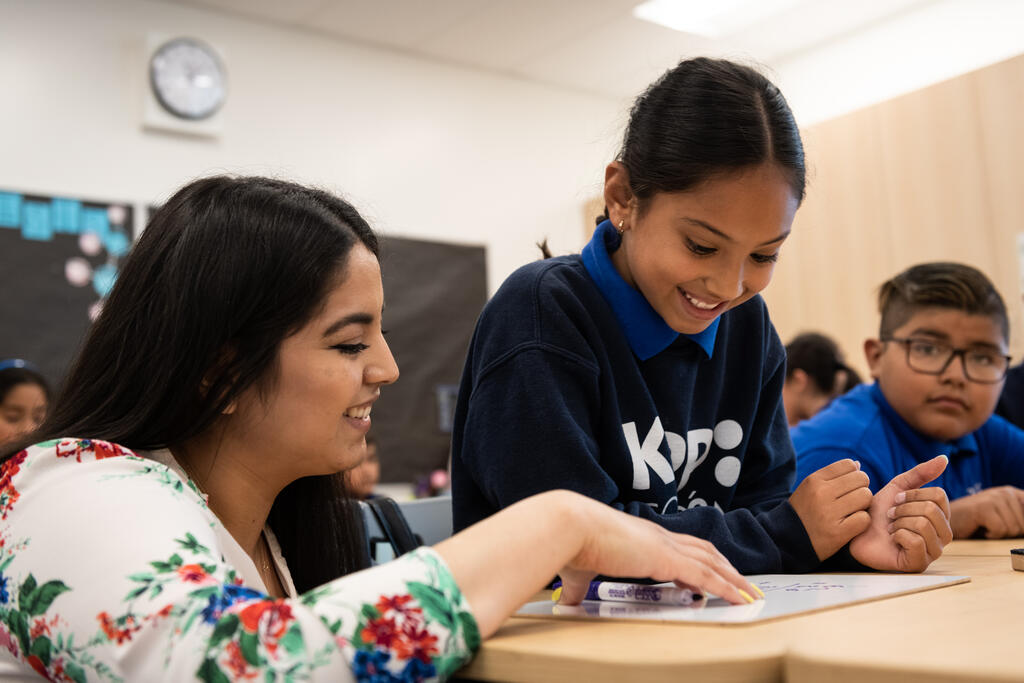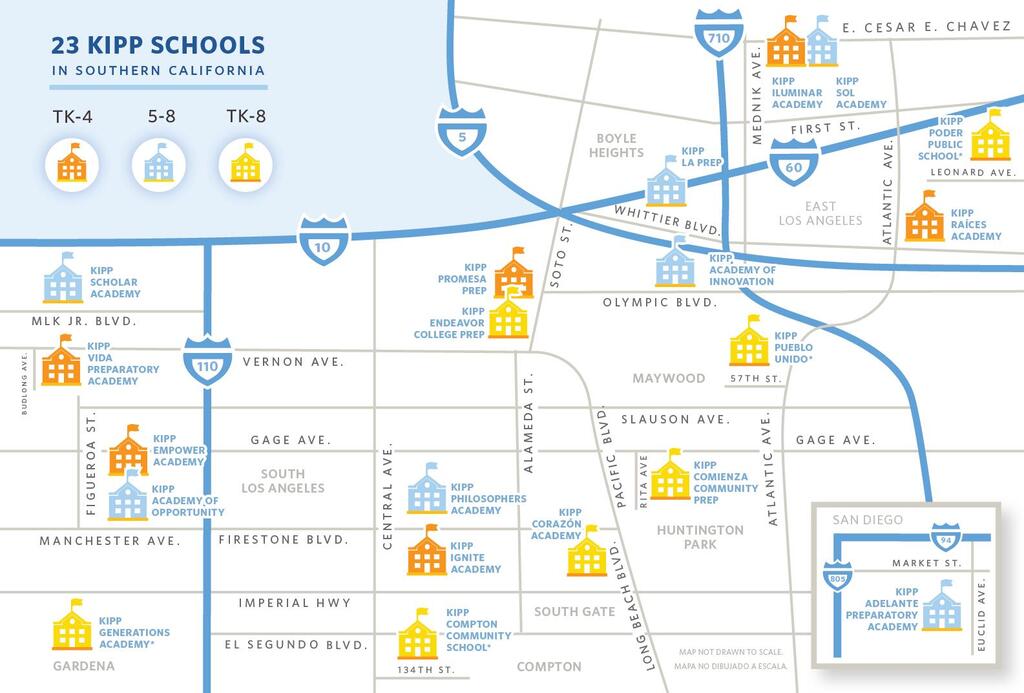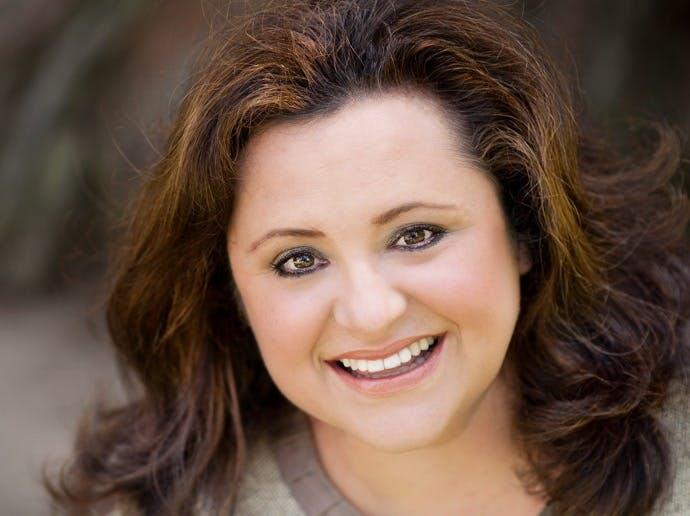
By: Myrna Castrejon, President and CEO of the California Charter Schools Association
There may be more public education options for your child than you think.
For many California families, the COVID-19 pandemic brought a renewed focus on the education that their child receives. Class schedules varied, children were at home for months and daily learning transitioned from the classroom to the computer screen.
As we emerge from the pandemic, parents can apply lessons learned to reimagine how the public schools in their community can best serve their child. Some parents found that their kids needed additional support in certain subjects or that their school doesn’t offer varied courses to help keep them engaged and challenged. Others saw their kids thrive and enjoy learning at home.
Parents learned that there are options in how their child can succeed academically. There is no reason not to try something new if your child might have a better chance to thrive. For decades, California has provided a wide range of public educational opportunities which may have been left unexamined because parents didn’t know about all the options.
District public schools are what we have all understood as the “neighborhood school.” They are free and open to all students living in their boundaries. They’re managed by the locally elected school board and funded by state and local property taxes. Your home address determines the school your child attends and quality of education they receive. Magnet public schools are also part of the district school system, but have a specific curricular focus, such as STEM or vocational paths and are open to all children living in that school district. Placement in these schools is often competitive and can be based on past academic performance, an audition and/or scores on an entrance exam.
Charter public schools are another type of public school. Like district schools, they are free to attend. Unlike district schools, they are open to all students, regardless of zip code. These community schools are created by educators who have the flexibility to design instructional models that put students first and deliver a high-quality education. Charter public schools are often established in low-income or underserved communities, in direct response to a desire for additional public education opportunities. A charter public school may also focus on specialized learning like a magnet school, but it will not set prerequisites or require testing. Charter schools accept all students regardless of previous academic performance.

KIPP Corazón Academy, Los Angeles, CA.
In the LAUSD, Black charter school students are academically outperforming their peers attending district schools in English Language Arts and Math based on the state’s Distance from Standard metric. Black and Latinx students attending charter high schools are more likely to have completed college readiness courses (A-G curriculum) than their peers at district schools.
The flexibility and adaptability of a charter public school provides educators the freedom from bureaucracy to design an education that can help your child succeed in college, career, and life.
[Learn more about KIPP SoCal Public Schools]

The story was originally published on L.A. Parent magazine.
 About the Author: As the leader of CCSA, Myrna Castrejón has managed the membership organization representing California's public charter schools since January 2019.
About the Author: As the leader of CCSA, Myrna Castrejón has managed the membership organization representing California's public charter schools since January 2019.
Prior to assuming the role of President and CEO, she served for nearly three years as the Founding Executive Director of Great Public Schools Now, an organization created in winter 2015. As the Executive Director, Myrna led Great Public Schools Now's strategy to transform public education in Los Angeles by expanding high-quality public schools of diverse governance models in the areas most in need of support.
